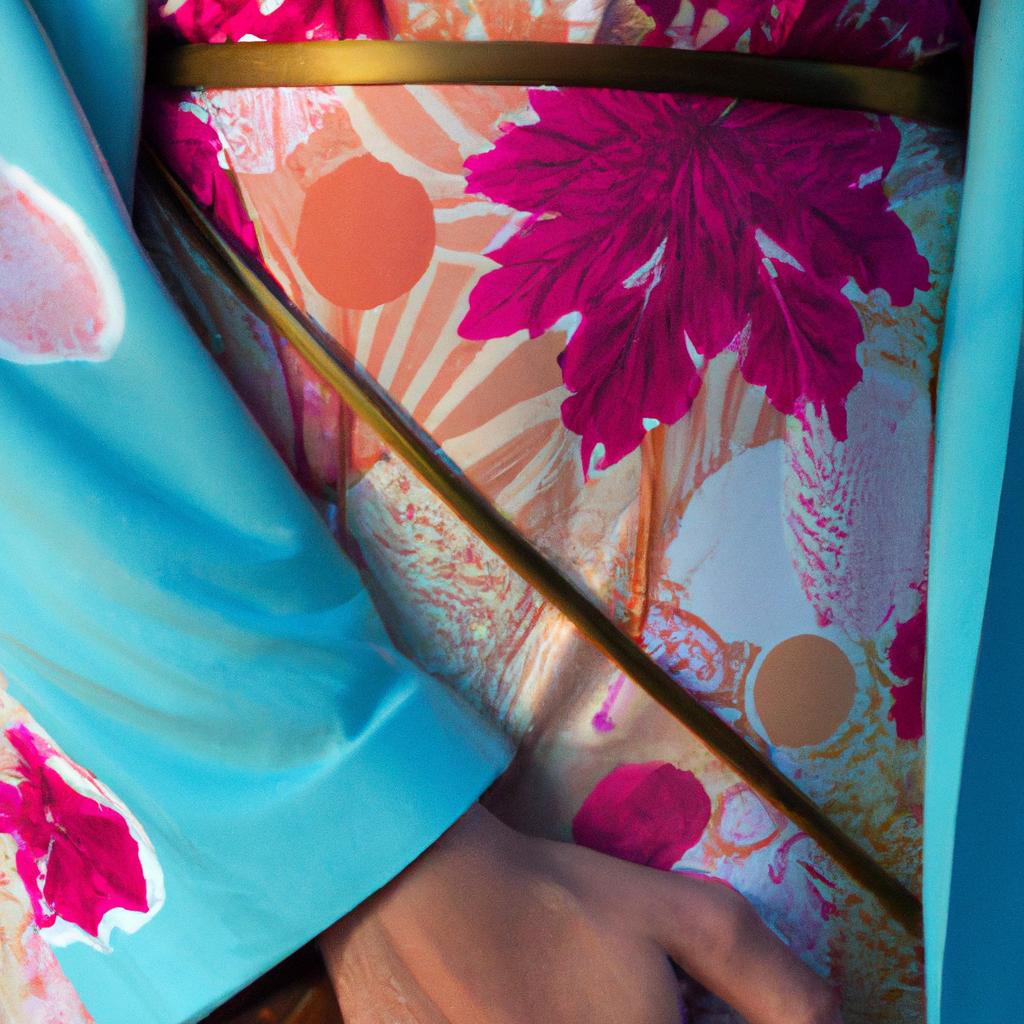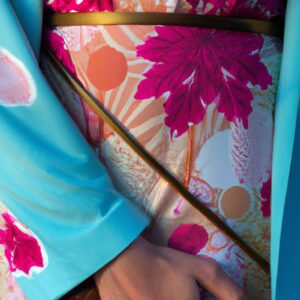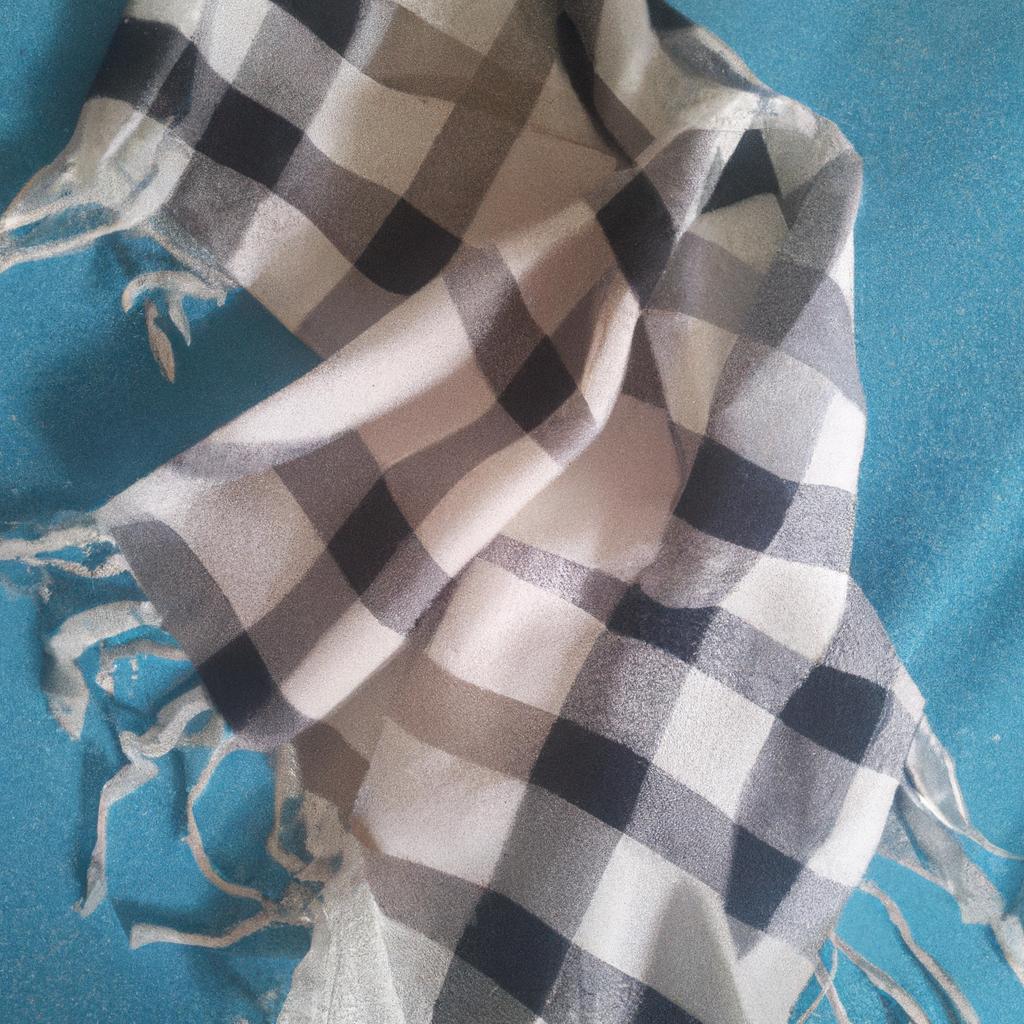The Japanese Aesthetic in Fashion
When it comes to fashion, Japan has gained a reputation for its unique, creative and often innovative style. From intricate kimono designs to bold streetwear trends, the country has a strong aesthetic that’s been influencing designers around the world. But what is the Japanese aesthetic? How did it come to become so prominent in the fashion world, and how can we use it to shape our own sense of style? In this guide, we’ll explore the history of Japanese fashion and its influence on modern-day fashion.
To understand the Japanese aesthetic, let’s start by defining the term ‘aesthetic’. Aesthetic is a broad term used to describe the indulgence of beauty and the appreciation of art. In terms of fashion, it refers to the visual appeal of clothing, from design elements to textures and silhouettes. With this in mind, the Japanese aesthetic often centres around minimalist designs with clean lines, light fabrics and muted colours.
The Rich History of Japanese Fashion
Japan has a long and revered history when it comes to fashion. The traditional aesthetic, which emphasizes elements like vibrant colors, embellishments, and intricate patterns, dates back centuries. The country has a tradition of craftsmanship that has been cultivated since ancient times. This strong sense of craftsmanship is seen in the way that modern Japanese designers tailor their looks, creating garments that are not only stylish but also timeless.
This highly unique style of fashion has had a powerful impact on modern fashion, inspiring international designers from many countries. From legendary French fashion designer Yves Saint Laurent to Italian fashion powerhouses like Valentino and Prada, the influence of Japanese design can be seen in many of today’s top collections.
The Japanese aesthetic is characterized by asymmetry, minimalism, and nature-inspired motifs. These traits, along with the country’s attention to detail and quality, have made Japan a leader in fashion innovation. Whether it’s the draping of kimonos or the elegant lines of haute couture, Japan’s fashion sense has shaped the industry as a whole.
The Traditional Japanese Aesthetic in Fashion
The traditional aesthetic of Japanese fashion is deeply rooted in their culture, and its principles can still be observed today. The key elements that encompass the Japanese aesthetic include simplicity, modesty, and refinement.
Simplicity is seen in the minimalist designs – often featuring clean lines, neutral colors, and minimal embellishments. Modestly is expressed through classic cuts & patterns that are not too over-the-top. And refinement is evident in the attention to detail, particularly when it comes to textiles and fabrics.
Modern-day fashion designers have certainly taken inspiration from this traditional style and incorporated it into their own work. Many current Japanese designers have been able to combine the timeless elegance of the classic Japanese aesthetic with modern elements to create new looks.
Japanese Designers: Natural Inspiration and Traditional Crafts
Contemporary Japanese fashion designers draw on a wide range of sources for their creativity, from nature and traditional crafts to cutting-edge technologies and modern trends. They often take inspiration from the natural world, using plants, animals, and other elements in the creation of their designs. Plants like cherry blooms and chrysanthemums are especially popular for the vibrancy of their colors, while animals often feature in accessories or prints. There are also many traditional crafts used by modern-day fashion designers, such as boro (a type of patchwork made from well-worn textiles), sashiko (the decorative stitching of patterns on fabric), and yuzen (dyeing of fabric with intricate patterns).
At the same time, Japanese fashion is always evolving to incorporate new influences and ideas. This allows designers to create unique and innovative pieces that stand out from the crowd, while still staying true to the rich heritage of the country.
Exploring fashion trends and how they originate from historical motifs can foster opportunities for creative innovation. Japanese fashion has often been associated with color, texture, and unique cuts that blend traditional patterns with modern-day silhouettes and tailoring. In recent years, the fashion industry in Japan has experienced a surge of strong movements that draw inspiration from ancient art and design. While paying homage to the past, fashion designers are also blending their signature style with both contemporary and international influences to create a genre of their own.
Traditional Japanese motifs such as cherry blossoms, koi, and carp prints have been popularly used on modern clothing items like shirts, blouses, and dresses. Not only do these designs add a special touch to any outfit, but they also nod to Japanese culture and its long history of craftsmanship. Moreover, the use of natural colors and motifs like leaves and flowers signify an admiration for the beauty and spirit of nature. As a result, modern Japanese fashion emphasizes organic elements in a unique way that appeals to individuals from all over the world.
On the other hand, current trends also feature streetwear with bold graphics and urban designs that express the ever-evolving modern culture of Japan. Largely influenced by hip-hop and youth culture, the popularity of these designs has become apparent in countries both near and far. This has allowed the Japanese aesthetic to stay relevant in the global market while still staying true to its cultural roots.
Overall, the combination of past and present influences is what makes Japanese fashion so attractive and sought after. By taking traditional patterns and reworking them into contemporary looks, designers have managed to create an entirely new genre of fashion that is as unique as it is eye-catching. This guide will continue to cover the influence of this aesthetic on today’s fashion industry, and further explore the opportunities for innovation it presents.
Exploring the Elements of Japanese Fashion
When it comes to style, the Japanese aesthetic stands out from other nations. One glance at a traditional kimono or modern streetwear outfit reveals the combination of unique elements and subtle details that embody this look. To truly understand the impact of Japanese fashion, it’s important to explore the various aspects of this signature look.
Colour palettes are often muted and neutral, relying on layers of black, white, and earth tones to create an understated but elegant effect. Popular materials include cotton, denim, and silk – each chosen for their lightweight texture and traditional connotations. In terms of silhouettes, loose-fitted garments such as wide-leg trousers and flowing kimonos are frequently seen, with patterns and floral prints adding a distinctively Japanese flair.
Accessories also play an important role in Japanese fashion, including hats, scarves, and bags. Traditional symbols like cranes, cherry blossoms, and bamboo leaves are often used to add a cultural touch. All these carefully selected elements create an overall look in which subtlety is key and individual pieces stand out on their own.
Significant Movements in Japanese Fashion
Japanese fashion has evolved and changed over the decades, with various movements each reflecting the contemporary trends of the time. Today, there are numerous influential fashion houses making waves in the Japanese fashion industry, such as COMME des GARÇONS, Yohji Yamamoto, Issey Miyake, and Junya Watanabe. Their designs often blur the boundaries between art, design, and fashion in a unique way.
COMME des GARÇONS is particularly popular for its avant-garde approach to design. Founded by Rei Kawakubo in 1969, the label draws inspiration from traditional Japanese culture as well as modern concepts, resulting in collections that are thought-provoking and stimulating. Yohji Yamamoto follows a similar approach, often creating dramatic silhouettes through deconstruction and reconstruction.
In addition to these established brands, a newer generation of designers is pushing the boundaries of fashion further and incorporating more experimental elements into their work. These innovators embrace the limitless possibilities of fashion and strive to create something completely unique. Popular names like Ambush, Sacai, and Toga Pulla all contribute to the cutting edge of Japanese fashion.
Overall, it is clear that the future of Japanese fashion is heading towards an exciting, unpredictable direction. With the combination of traditional influences and modern techniques, the possibilities are endless, and no one knows what the next trend will be.
Japanese Style Goes Global
The influence of Japanese fashion extends far beyond its own borders. Designers from other countries have embraced aspects of the unique aesthetic, creating looks that blend traditional motifs with the diverse cultures of their own countries. It is this harmonious melding of old and new, East and West, that has allowed Japanese fashion to gain international appeal.
For example, in Italy designers have incorporated bright and bold colour palettes, often worn together in a single outfit. Fabrics such as silk and linen are mixed to create light and airy ensembles of shirts and pants or dresses. Accessories such as bags and shoes often feature intricate details and embroidered symbols that reflect traditional Japanese craftsmanship. Similarly, France has adopted many of the silhouettes and tailoring methods of traditional kimono designs, often incorporating kimono fabric into modern garments.
By embracing different local styles while still maintaining their own identity, it’s no wonder that contemporary Japanese fashion has achieved such success all over the world.
Comparing the Japanese Aesthetic to Trends in Italy and France
When it comes to fashion, Japan stands out from the pack. Though Italy and France have long been known for their luxurious and innovative clothing lines, Japanese designers have taken a different approach to creating distinctive and stylish looks. From its traditional garments, to its contemporary interpretations, the Japanese aesthetic has become world-renowned.
At its heart, the Japanese aesthetic focuses on the concept of ‘wabi sabi’, an appreciation of beauty in imperfectionor the idea that something is more valuable because of its flaws. This philosophy can be seen in many of the garments produced in Japan, where asymmetrical skirts, frayed hemlines and distressed fabric are all used to form a distinct look. By contrast, Italian and French fashion is often associated with perfectly tailored suits, vibrant accessories, and intricate stitching – something that the Japanese aesthetic generally does not embrace.
In addition to this difference in style, the two nations also have contrasting approaches when it comes to colour. While French design generally makes use of neutral tones such as white, black, and red, Japanese fashion does not shy away from the use of bold colours like yellow and green. This reflects the Japanese preference for bright and cheerful hues, as well as its incorporation of nature into many of its designs.
It is clear that the Japanese aesthetic, though inspired by traditional styles, has developed into something new and unique. With its focus on wabi sabi and bright colours, it stands apart from the more standard designs of Italy and France.
Enhancing Clothing with a Japanese Touch
The Japanese aesthetic has a strong presence in the global fashion industry, and many designers have embraced it to create clothing lines that stand out from the crowd. Through careful use of traditional elements and modern twists, designers are able to produce items that are uniquely Japanese but international in appeal.
Traditional motifs are often incorporated into designs to create fresh and exciting looks. These motifs often draw on natural elements such as plants, animals, and even mythical creatures. Color palettes often consist of muted tones, while fabrics are usually chosen for their texture and feel. Silhouettes are usually loose and uncomplicated, yet still carry an air of elegance. Accessorising is used sparingly, but with great effect – often adding an emphatic statement piece to an outfit.
The ‘Japanese touch’ adds an extra dimension to contemporary fashion. By taking inspiration from traditional Japanese design, modern clothing can become more than just fashionable – it can become iconic. This allows contemporary designers to take their clothing lines beyond the borders of Japan, creating pieces that are both unique and instantly recognisable.
The Impact of Japanese Style on the Future of Fashion
The lasting influence of traditional Japanese fashion has been felt by both local and global designers alike, offering unique perspectives and a creative touch to clothing collections. These distinctive elements are characterised by bright colors, intricate embellishments, and striking silhouettes – all of which have become staples of modern fashion today. By combining traditional motifs with contemporary trends, Japanese style has the potential to revolutionize fashion for years to come.
The past few decades have seen Japanese fashion designers embracing different influences from around the world, but also staying true to their own heritage. This unique fusion of cultures has produced some truly unique looks, which can be seen in the collections released by designers such as Yohji Yamamoto, Rei Kawakubo, and Junya Watanabe. It is this combination of East and West that will likely define the future of fashion, giving us genuinely original creations and establishing Japan as a leader in the global industry.
In conclusion, the Japanese aesthetic has been an invaluable source of inspiration for fashion designers, both at home and abroad. Its incorporation of various cultural traditions, alongside its use of vibrant colors and innovative silhouettes, has made it one of the most recognisable styles in the world today. As the industry continues to evolve, Japanese fashion is sure to remain at the forefront of innovation – inspiring a new generation of designers to push the boundaries of style.
It’s essential to include relevant links and photographs for a truly informative and engaging reading experience. Links to websites, fashion magazines, and interviews with professionals in the industry can be extremely beneficial for readers wanting to learn more about the history and mechanics of Japanese fashion design. Additionally, photographs featuring traditional and modern garments can illustrate how the trends have evolved and provide inspiration for those looking to try something new. Visual representations can also help readers to better envision the garments being discussed, and excitingly bring a new perspective to concepts they may already be familiar with. Combining these elements will create an informative yet stimulating experience for readers.
comments: 0




